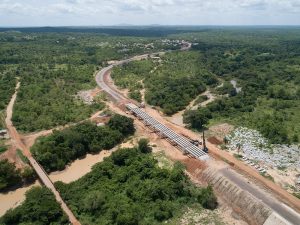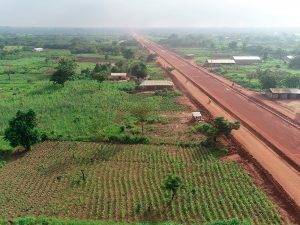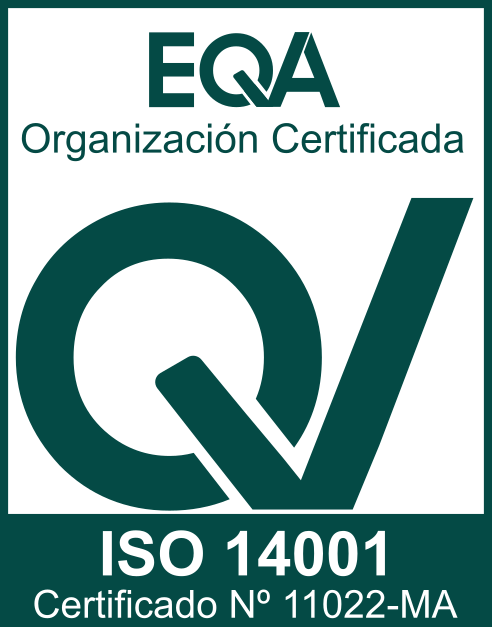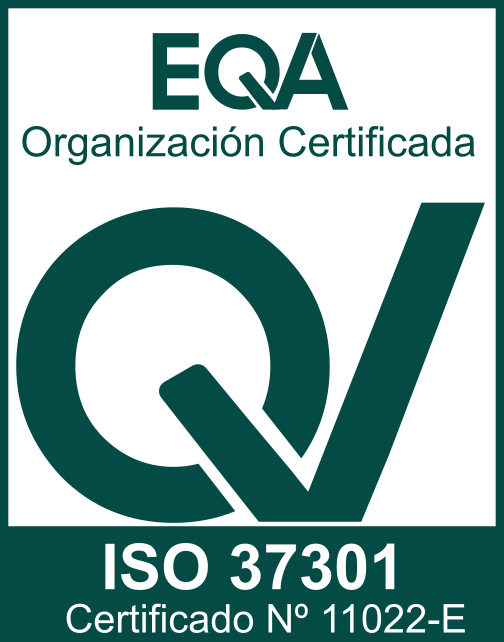KETOU-SAVE
BENIN
Project justification
The Ketou-Save project consists of the construction of a 138 km road between the towns of Ketou and Save, crossing the “Collines” and “Plateau” regions. The project is divided into three segments: one of 85.8 km, other of 26.6 km and another one of 27.5 km, as well as a 200-metre bridge. Its implementation is intended to promote the exchange of goods and agricultural products from remote regions with the main urban centres of Benin and Nigeria.
Scope of Works
The scope of work performed was:
- Construction of a 138 km asphalt paved road.
- Construction of a 200-metre bridge.
- Earthworks, paving, drainage, and signage works.
Sustainability
The project is being developed in line with international standards (IFC Environmental and Social Performance Standards, World Bank EHS Guidelines, OECD Common Approaches) and national regulations.










